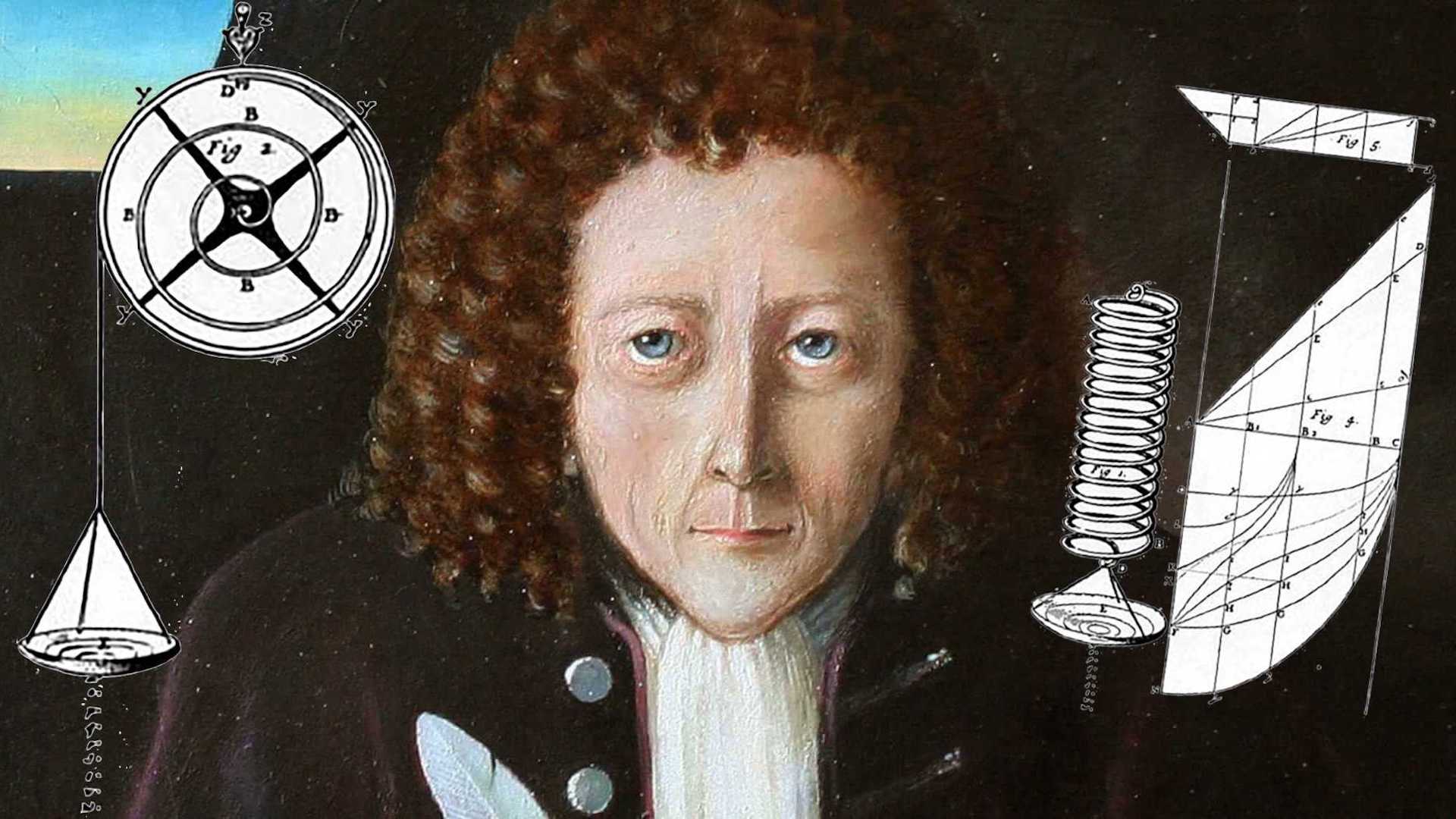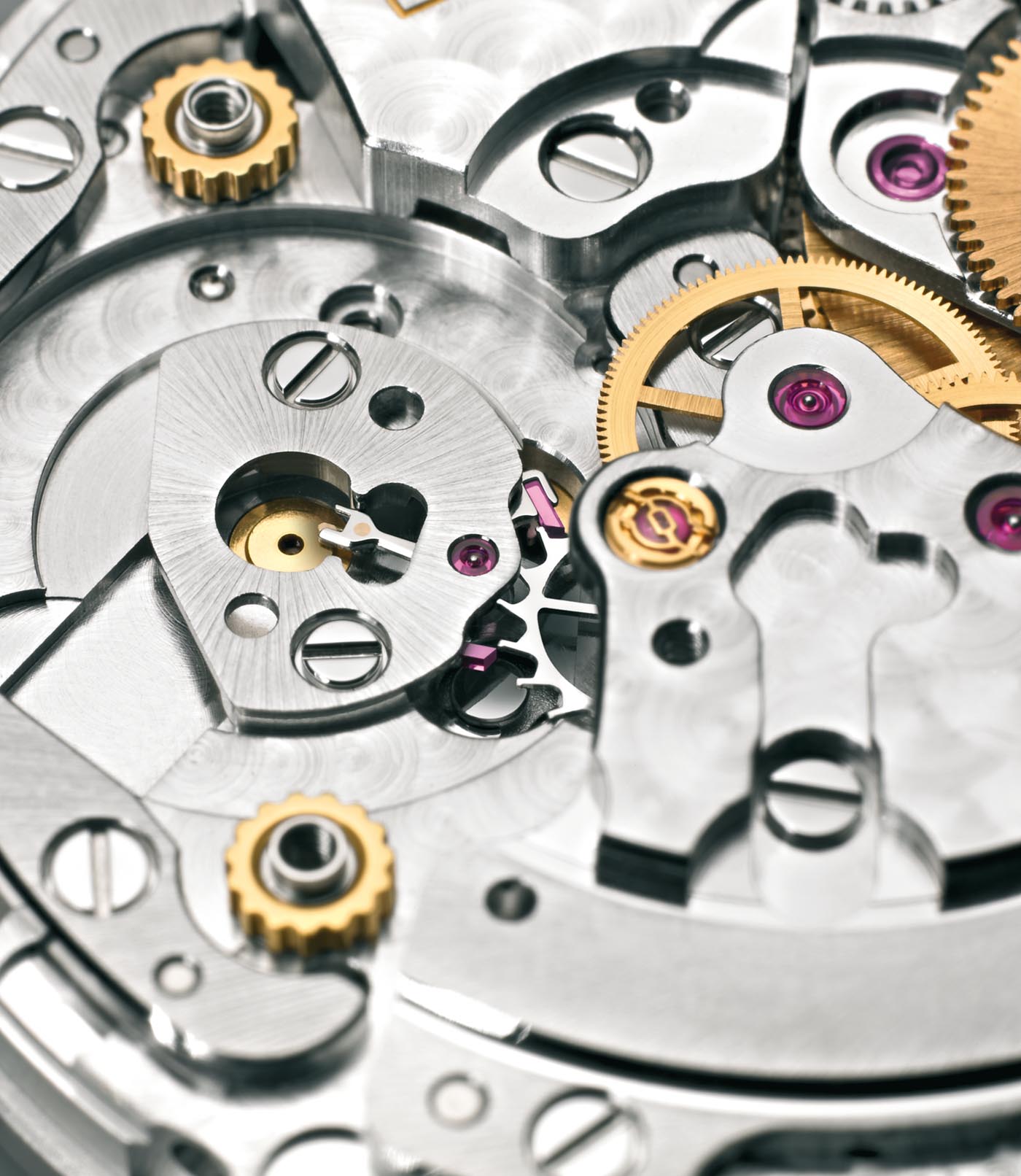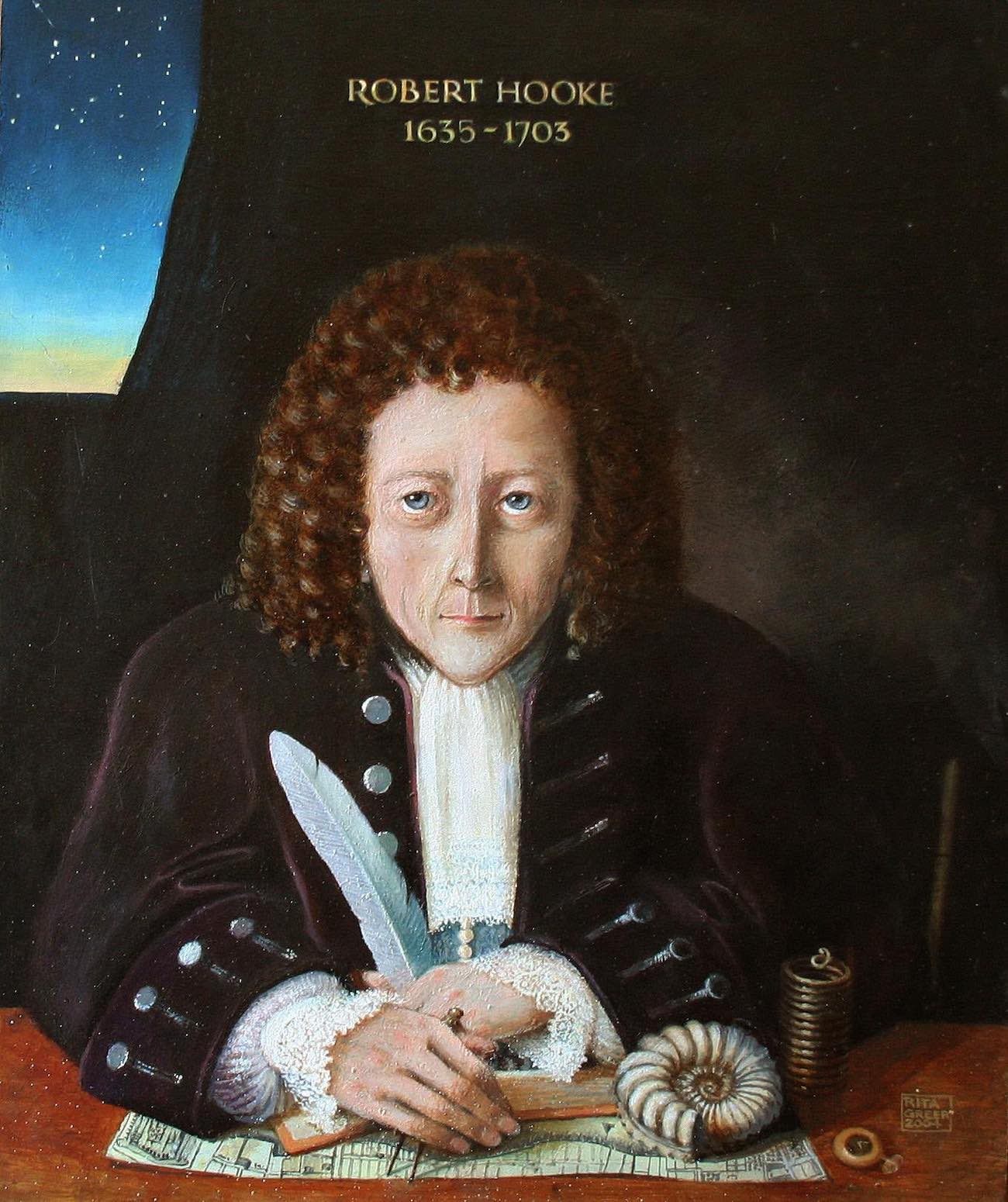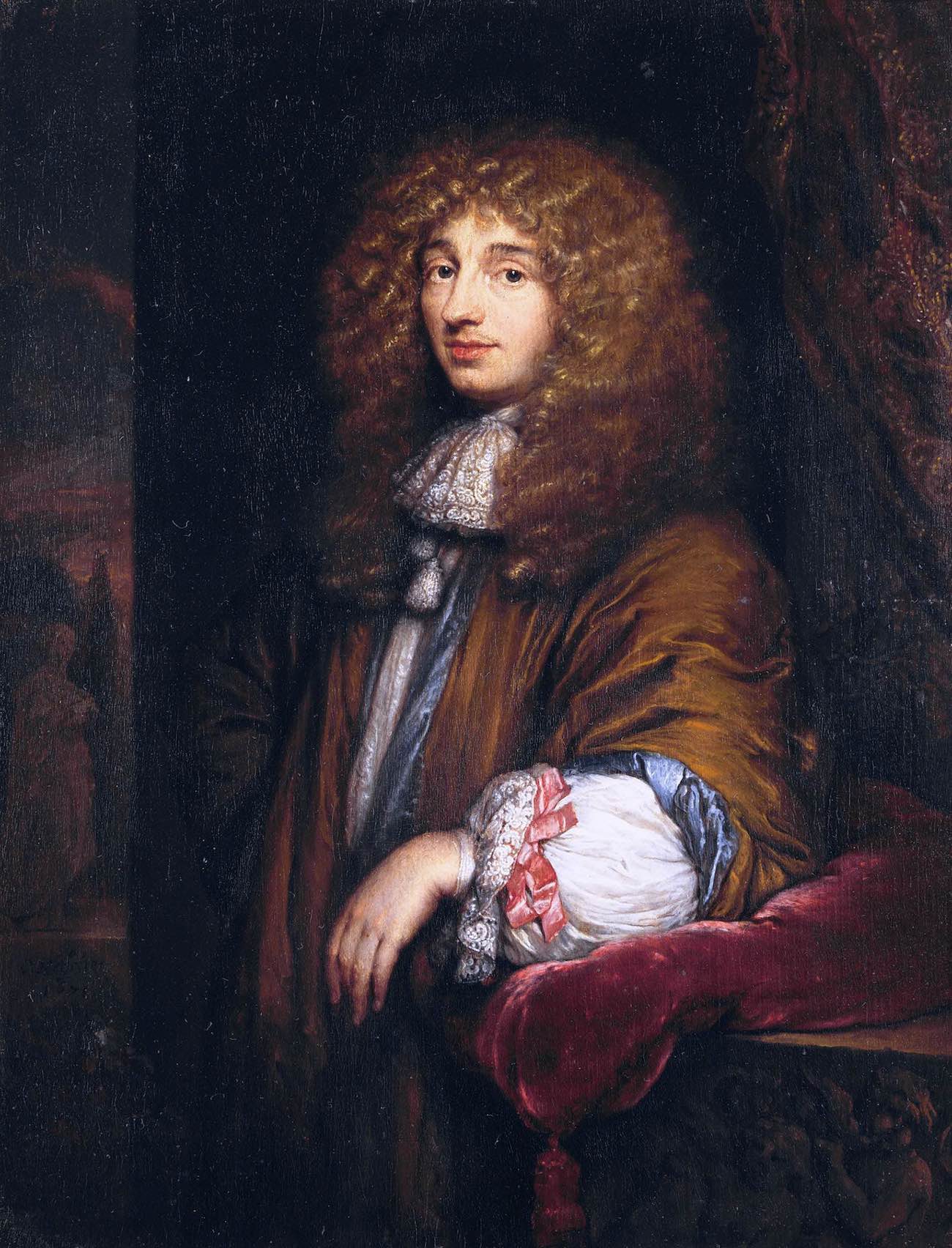
Sometimes, real life trumps the twists and turns of even the most dramatic fiction, and horology, as a discipline, could not be a better backdrop for an epic historical drama. If any screenwriters reading this are mulling over how to reboot the Harry Potter franchise, please stop what you’re doing and pay attention. The true origin of the balance spring makes for a dazzling tale of genius, rivalry, and sabotage that has echoed through the ages. (And a big shoutout to SJX for first bringing this story to light).
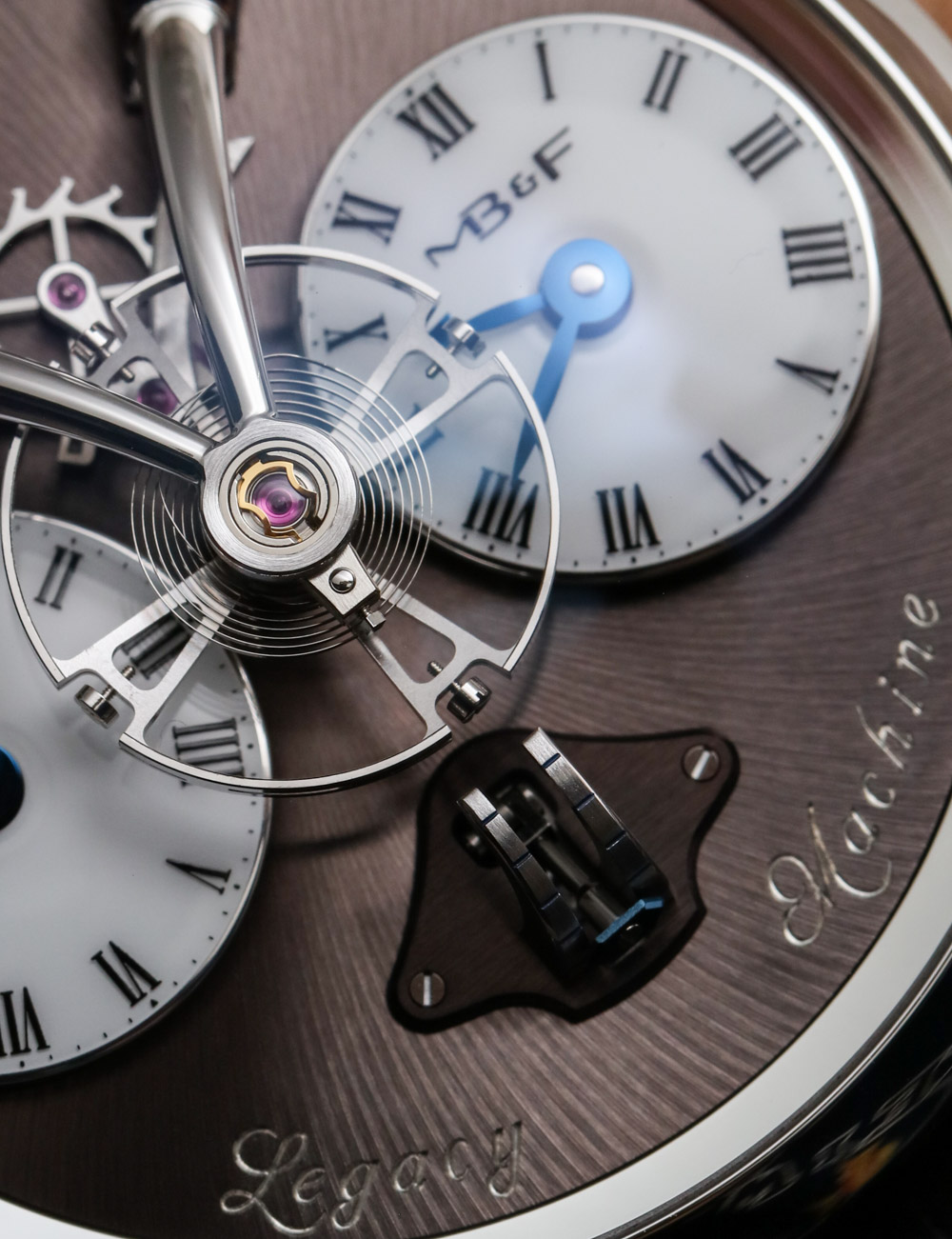
One of the neatest presentations of the balance wheel and escapement: the Legacy Machine 1 by MB&F. Image by Ariel Adams.
Central to every mechanical watch is the escapement, a collection of components responsible for releasing the power stored in the mainspring at regular intervals. In a way, the escapement is really a braking system that ensures that the mainspring’s energy is systematically switched on and off several times a second by the balance wheel as it swings back and forth, hence distributing that (relatively) even flow of energy into equal periods of time which, in turn, allows us to measure the intangible passing of time, itself. The escapement is so imperative that we rarely stop and wonder where it came from — though we would probably all agree that it is from a bygone era of watchmaking, predating every single luxury watch brand we know, love, and have access to today. Still, watchmaking, as we know it, couldn’t exist without that component.
Sitting on top of the balance wheel, propelling it on its way, is the balance spring, the beating heart of the watch. Our obsession with the balance spring is multifarious. You will probably agree that we watch-lovers adore the aesthetics of this little spring and wheel, fluttering away, imbuing the machine with an almost organic quality. We also wrangle with its material limitations, twisting the spring into new shapes, and even abandoning the traditional alloys used and playing around with highly inert alternatives like silicon or carbon, as in this latest TAG Heuer.
Imagining our industry without an escapement requires us to go all the way back to a time before time as we now know it… back to the days of Robert Hooke and Christiaan Huygens.
We believed for many years that Huygens was the creator of the balance spring. History backed up that opinion, but all was not as it seemed. In 2006, notes made by Robert Hooke helped fill in some confusing blanks in the minutes normally meticulously kept by the Royal Society during their meetings. The notes, which are now known as the Hooke Folio, seem to debunk the belief that Huygens invented the balance spring. More damning, still, is that Hooke’s accusation is not one of historical error or the forgivable fogginess of memory, rather a direct, unfiltered, and downright furious exposé of the men he claimed robbed him of his rightful place in history.
Hooke was an Englishman of modest stock. He had been born into a family of church rectors on the Isle of Wight in 1635. He had been expected to take up the family calling, but instead, thanks to a £40 bequest from his father and an insatiable desire to study with the very best, Hooke managed to gain a place at the Westminster School in London.
From there, he earned his place at Oxford, securing a full scholarship — a true marker of his brilliance. Despite his excellent mind and the privilege of calling many contemporaneous luminaries his friends, Hooke was a bit of an awkward character, notorious for his irascibility. It is quite possible, in fact, that his clashes with Isaac Newton — who was a big player in the Royal Society at that time — had a lot to do with the “theft” of his brainchild and its delivery across the waves Britain would one day rule as a result of it.
Six years Hooke’s senior, Christiaan Huygens was a prolific Dutch scientist born and raised in The Hague. His professional dealings with Sir Isaac Newton and general popularity within the Royal Society add context to the subterfuge that was to befall Hooke.
Huygens presented the “world’s first” balance spring in 1675, publishing his theories in a letter to the Journal des sçavans. Robert Hooke was distraught, having presented the same concept to the Royal Society some five years earlier. In his efforts to prove this, however, he found the minutes of the meeting in question, and in fact, those for the surrounding weeks and months, to be missing.
In a cruel twist of fate, the absence of the notes may have been Hooke’s own fault. His increasing suspicion of his peers had led him to “borrow” the draft minutes from Royal Society meetings. He would then set about copying these notes in his own hand. The document we today know as the Hooke Folio, discovered in 2006 in a cupboard during a house valuation in Hampshire, in the south of England, is the transcription of the minutes that proves Hooke’s priority over Huygens. Fortunate for us that it should turn up during our lifetime, after about 340 years, especially since the Royal Society paid £940,000 ($1,200,000) to secure its ownership. Now would be a good moment to check your cupboards…
Hooke’s failure to return the notes to the First Secretary of the Royal Society, a man named Henry Oldenburg, could be to blame for the omission of Hooke’s balance spring demonstration, but perhaps more likely is that the minutes were no longer in Oldenburg’s possession.
In addition to Oldenburg’s duties as minute-taker at Royal Society meetings, he was also charged with cultivating an international network of scientists in his second role as foreign secretary for the society. One of his contacts was, not surprisingly, Christiaan Huygens. In light of the Hooke Folio’s testimony, it is quite conceivable that, during written correspondence, Huygens (a Royal Society favorite, remember) received word of Hooke’s invention, and maybe even the original minutes, to boot. Of course, it would have taken a huge amount of skill to actually build a working model to demonstrate Hooke’s theories, but therein lay one of Huygens strengths. It was, in truth, an area in which he bested Hooke, and one of the more tangible reasons his claims to have invented the balance spring stuck around quite so long.
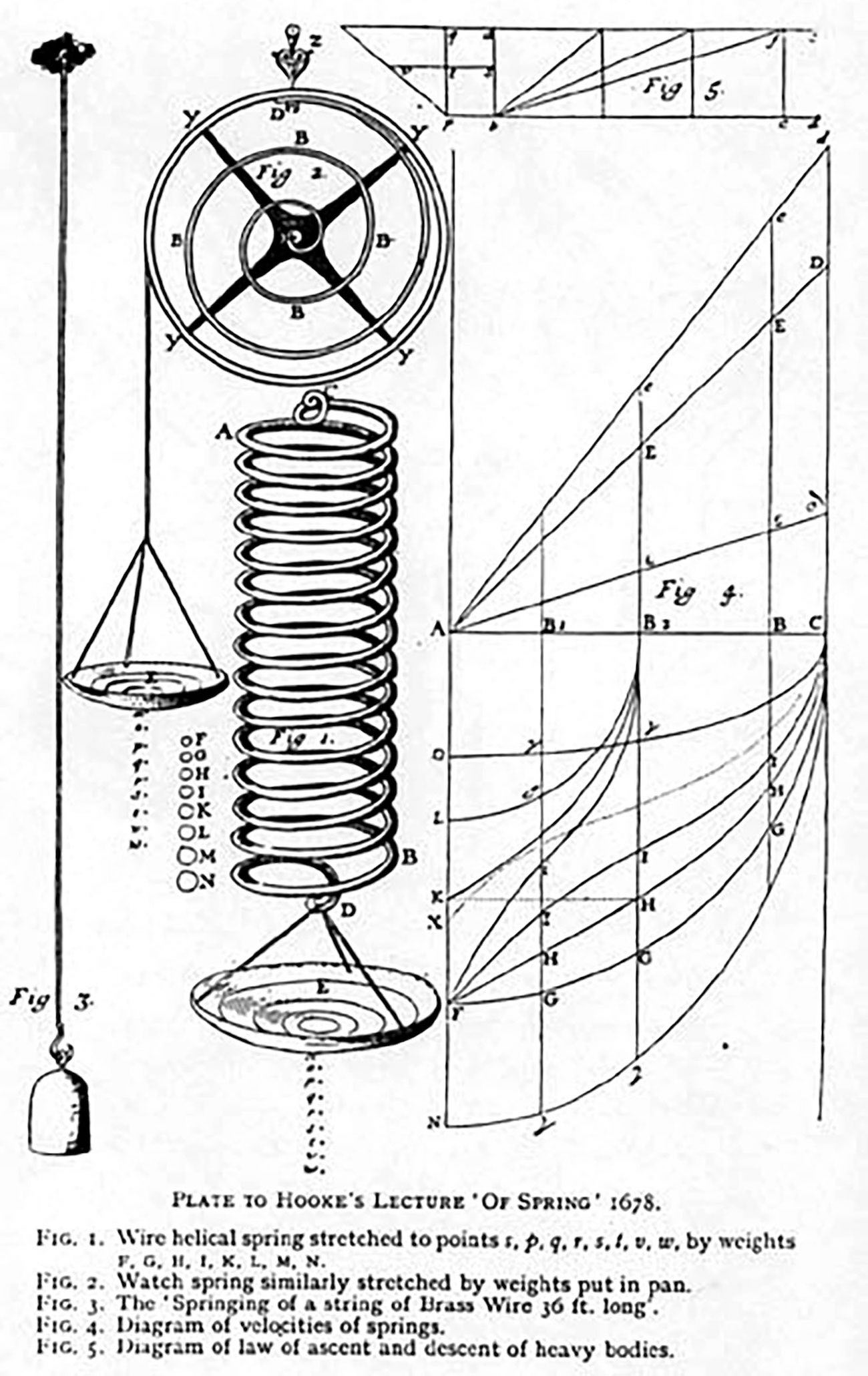
But now, over three long and troubled centuries since the original dispute, an answer seems to have been settled upon. It is a shame that Hooke was never as highly regarded in the field of horology as he should have been, but at least now we are able to pay lip service to the man who gave us, if not the practical realization, the theory behind the component that enabled our past-time to exist. Via WatchesbySJX.

